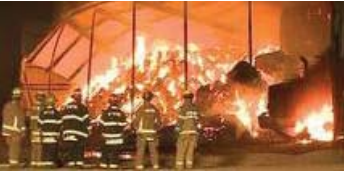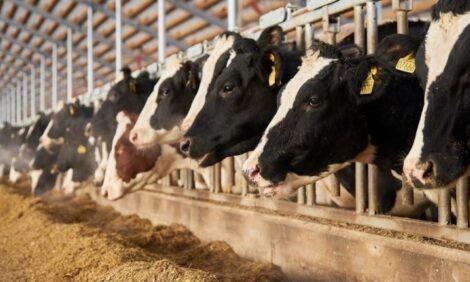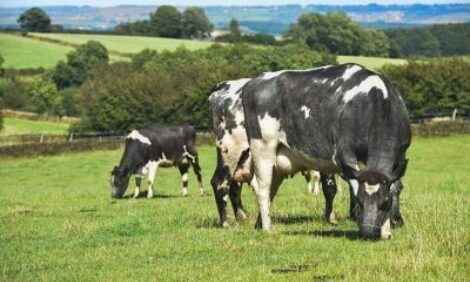



10 Tips to Prevent Hay Fires
Journalise hay making moisture levels and test forage rigorously to assist in keeping hay fires at bay, a forage specialist from Idaho suggests.Dairy hay has never been more expensive than in recent years, which means that making sure hay fires do not happen is vital, writes Glenn Shewmaker, University of Idaho.
Here are 10 helpful tips from Mr Shewmaker:

Set wet square bales in a location separate from drier hay – preferably under cover and not in direct contact with the ground, but still allowing air?ow around each bale
- Record hay cutting and drying conditions in a journal.
- Monitor hay moisture before raking, tedding and baling.
- Record the day of raking, tedding and inversion, as well as baling and drying conditions.
- Test the first three bales from a field with an electronic moisture probe in two places on each side and ends of the bale (12 total readings). Note the high, low and average. If the average moisture is below the maximum for the type of bale and forage, continue baling.
- Observe the baler moisture meter if available and/or the bale pressure indicator. When anything changes, repeat No. 4.
- Record the date, time, weather conditions and moisture average and range.
- Mark any bales having higher moisture than desired and notify the stacker to separate them from dry bales, making space between bales to facilitate air movement and drying. Try to feed those bales as soon as possible. Do not store any bales with moisture above the recommended level for that bale type in a large stack or a shed.
- If moisture is marginal, stack large bales in a single column of no more than 500 tons. Allow at least 100 feet of separation to the nearest stack. Lay out the stack so it can be broken apart quickly with a loader. Avoid mixing different lots of hay. If bale moisture is marginal, then monitor stack moisture and temperature at 20 random or systematic locations.
- Take a bale core sample, double-sack it in zip-top plastic bags and promptly submit it to a National Forage Testing Association-certified lab for moisture and forage quality analysis.
- Protect stored hay from weather and water by elevating the base and using rain gutters to direct the flow of water away from stacks.


